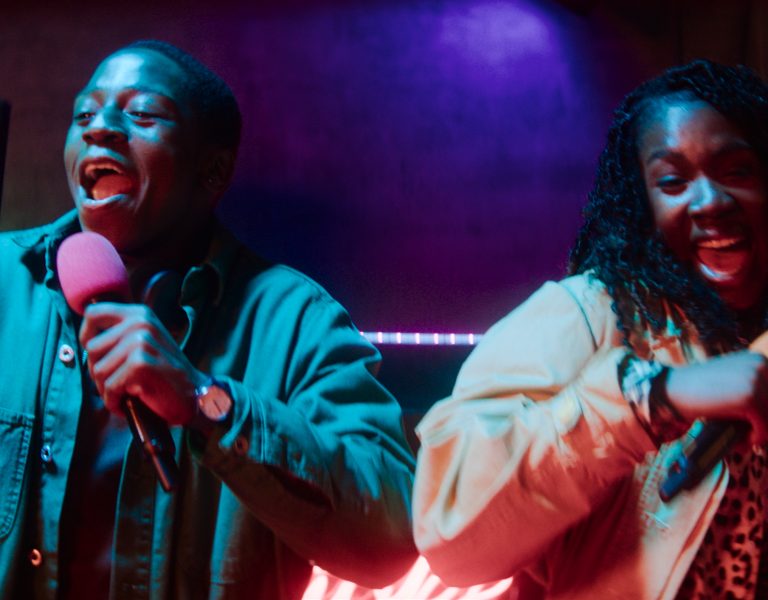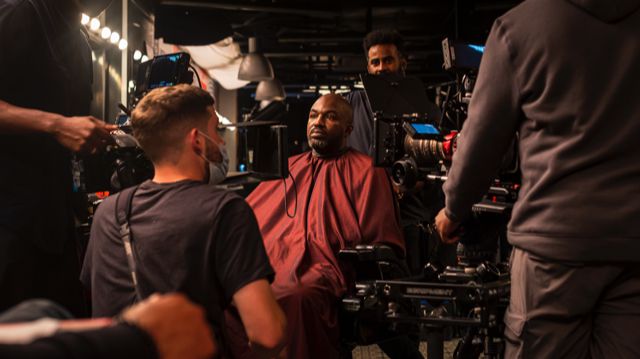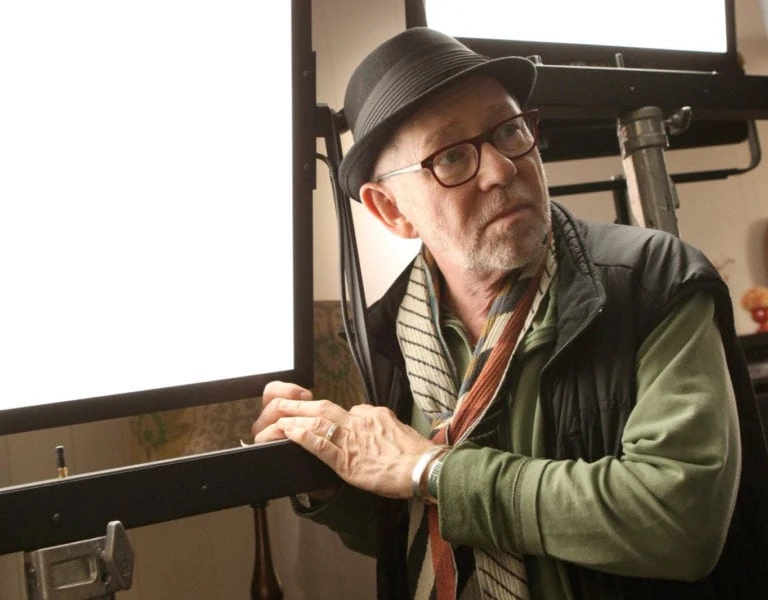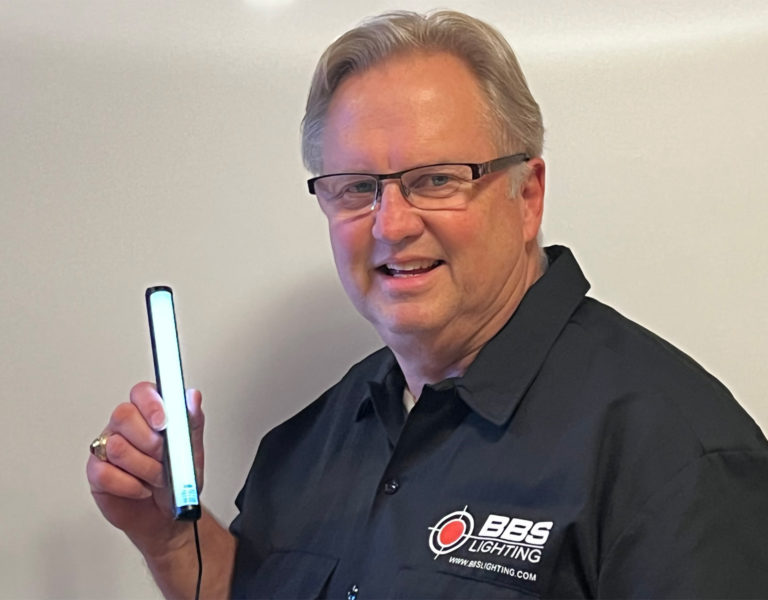IGNITING CREATIVITY
Selected Filmography
Narrative: The Last Swim (dir. Sasha Nathwani, upcoming release); Rye Lane (dir. Raine Allen-Miller, 2023); Flowers (dir. Dumas Haddad, official selection at LFF and Tribeca 2022)
Commercials: Kia with Salomon Lightelm; Hennessy x Alicia Keys with Neels Castillon; Guinness with Meji Alabi
–
When did you discover you wanted to be a cinematographer and what inspired you to follow this career path?
My journey began about a decade ago with the purchase of my first DSLR camera. This reignited a childhood passion for creativity, transforming it into a fascination with the art of visual storytelling. The camera became a tool which allowed see the world again in an imaginative way like a child would – I began experimenting with framing, lighting, colour, texture and movement.
The turning point was when I found myself preoccupied with analysing films, rather than just watching them. I was captivated by the intricate details of each shot, the lighting, the angles. This newfound perspective made me realise that cinematography was more than a hobby; it was a vocation.
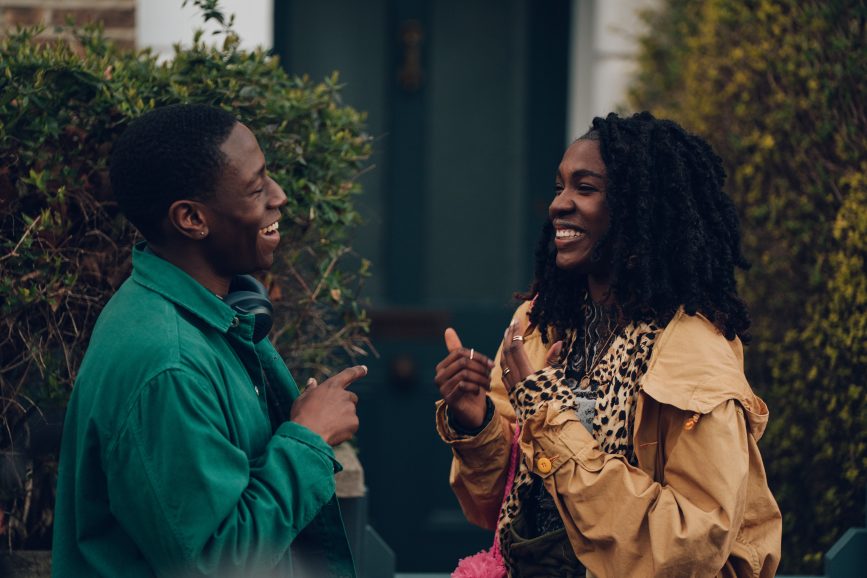
Where did you learn your craft?
Without the traditional path of film school, my education in cinematography was an iterative journey of self-discovery and improvement, fuelled by relentless practice and the wisdom renowned filmmakers like Sir Roger Deakins CBE BSC ASC and Shane Hurlbut ASC, generously shared online. I’m a firm believer in the power of the “10,000 hours” rule. The road to mastery isn’t paved with perfection, but with the courage to try, stumble, learn, and rise again. It’s through this cycle of doing, failing, and learning that one truly hones their craft.
What are your favourite films, and what makes them stand out to you?
A film that played a pivotal part in my decision to pursue cinematography is A Single Man (dir. Tom Ford, cin. Eduard Grau ASC AEC). It’s a masterpiece of craftsmanship, where every element – from production design and wardrobe to music, sound, and performance – harmoniously converges to create a captivating viewing experience.
Bradford Young ASC’s cinematography in Mother of George (dir. Andrew Dosunmu) is profoundly personal, his spirit and sensibility palpable in every frame. It’s more than just visual storytelling; it’s a heartfelt conversation with the viewer.
These films have shaped my philosophy as a cinematographer. I strive to infuse my work with a meditative quality, to create not just images, but emotions. I aim to evoke empathy, to make each frame a window into the soul of the story.

Who in the film world inspires you?
Bradford Young is a true inspiration to me. His ability to eloquently express his philosophy, both in terms of his work and his worldview, is nothing short of remarkable. But what truly captivates me is how these philosophies are not just spoken but are vividly brought to life in his work. His cinematography is a testament to his beliefs, one that resonates with his profound insights. His work and approach are a seamless fusion of thought and expression that I deeply admire and strive to emulate in my own work.
What’s the most useful advice you’ve received and from whom?
In the pursuit of purpose, there’s no such thing as failing, only quitting. This is the advice I passionately impart to budding cinematographers and those yearning for a breakthrough that seems elusive. The journey of an artist isn’t marked by the destination, but by the courage to continue. The breakthrough isn’t a moment in time, but the relentless pursuit of your passion. Keep creating, keep exploring, and most importantly, never quit. Because in this journey, perseverance is the true victory. Not sure where exactly I heard it first but it’s been stuck in my mind ever since and is a mantra of mine.

What advice would you give someone considering becoming a cinematographer?
Embrace your uniqueness, for it is your greatest strength. It’s the lens through which you see the world differently, the voice that allows you to tell stories in a way no one else can. Your ‘otherness’ isn’t just a trait, it’s a superpower. It’s the magic that sets you apart, the spark that ignites your creativity. Don’t hide it, celebrate it. Because in a world of sameness, your ‘otherness’ is your masterpiece.
What lights your fire outside of work?
I find joy in the simple act of connecting with people, of immersing myself in their personal narratives. It’s not just about meeting people, it’s about truly seeing them, hearing their stories, understanding their journeys. I seek authenticity in these connections – a shared moment of truth. Because in these genuine interactions, I find not just stories, but the very essence of humanity. And that, to me, is a priceless treasure.

What piece of kit could you not live without?
My SmallHD Cine7 is an extension of I see through the lens; somewhat like a light meter when shooting digitally. I use it on every job, my reliable compass that ensures visual consistency across all my projects. It’s really not about the technical precision it offers, but me having a consistent representation of my imagery across all my jobs saving me from getting paranoid about which monitor on set I should be looking at or trusting.
Which productions are you most proud to have lensed, and why?
While it may sound cliché, my pride and joy truly lies in Rye Lane. It’s a project that stands apart, not just from my previous work, but from the conventional narrative landscape. It’s a bold exploration and departure from the familiar, a testament to the power of creative risk-taking. Rye Lane isn’t just a project I’ve shot, it’s a piece of work that I’m immensely proud of and that fills me with a profound sense of accomplishment.

What’s the best and worst thing about your job?
One of the most rewarding aspects of my work is the opportunity to constantly meet and collaborate with new people. Each interaction is a chance to expand my horizons, to see the world through different lenses. It’s a beautiful process that continually enriches my worldview.
However, this journey isn’t without its challenges. The unpredictable nature of my work often makes me the wild card in planning activities with loved ones. The missed birthdays, the postponed dinners, the late arrivals. The countless rescheduled plans and missed occasions can create a sense of isolation. It’s a delicate dance between personal life and professional passion, a reality that underscores the bittersweet symphony of chasing a dream.
How would you best describe your approach to cinematography?
My approach to cinematography can be best described as ‘heightened naturalism,’ a style deeply inspired by Dutch Renaissance masters like Vermeer and Rembrandt. Just as they used light to create depth and emotion in their paintings, I use it to breathe life into every frame.
I find a unique joy in capturing faces and emotions. To me, the human face is a vast landscape, rich with unspoken stories and hidden nuances. With careful lighting and thoughtful camera placement, I aim to explore this landscape, to reveal the raw emotions that lie beneath the surface.
On set, I thrive on being able to move quickly therefore I light in broad strokes of light, choreographing the action to move with its flow. It’s a dance between light and life, reminiscent of magic of Dutch Renaissance artistry, and bringing that to the realm of modern cinematography.

What are your aspirations for the future?
Through my work and by being a mentor, I hope to inspire the next wave of filmmakers find their passion, purpose and voice. But there’s more to it than that. I want to show that you can be a leader in this industry and still be kind and understanding. It’s like being the coach of a team, where every player matters and everyone’s ideas are heard.
In the end, making films is about telling stories. And to do that well, we need to listen to each other and understand each other. That’s the kind of filmmaker I want to be – someone who makes great films, but also makes a difference in people’s lives.
What do you think are the industry’s biggest challenges?
Its greatest challenge lies in the creation of an equal and inclusive environment where creativity and wellness are nurtured. While there’s a unique camaraderie in working with a close-knit tribe, it’s crucial to recognise the potential echo chamber this can create, inadvertently shutting out fresh perspectives and new voices.
The transformation we yearn for in the industry begins with introspection. It’s about challenging ourselves: Are we actively seeking and championing diverse talent, or are we defaulting to the familiar? Diversity, in its broadest sense, is not just an ideal to aspire to, but a catalyst for innovation and growth.
Taking risks, be it on an unconventional idea or an emerging talent, is the heartbeat of progress. It’s these bold strides that disrupt the status quo, that breathe new life into our art. So, let’s dare to take those risks, to foster diversity, and to shape an industry that truly reflects the rich tapestry of our society.

